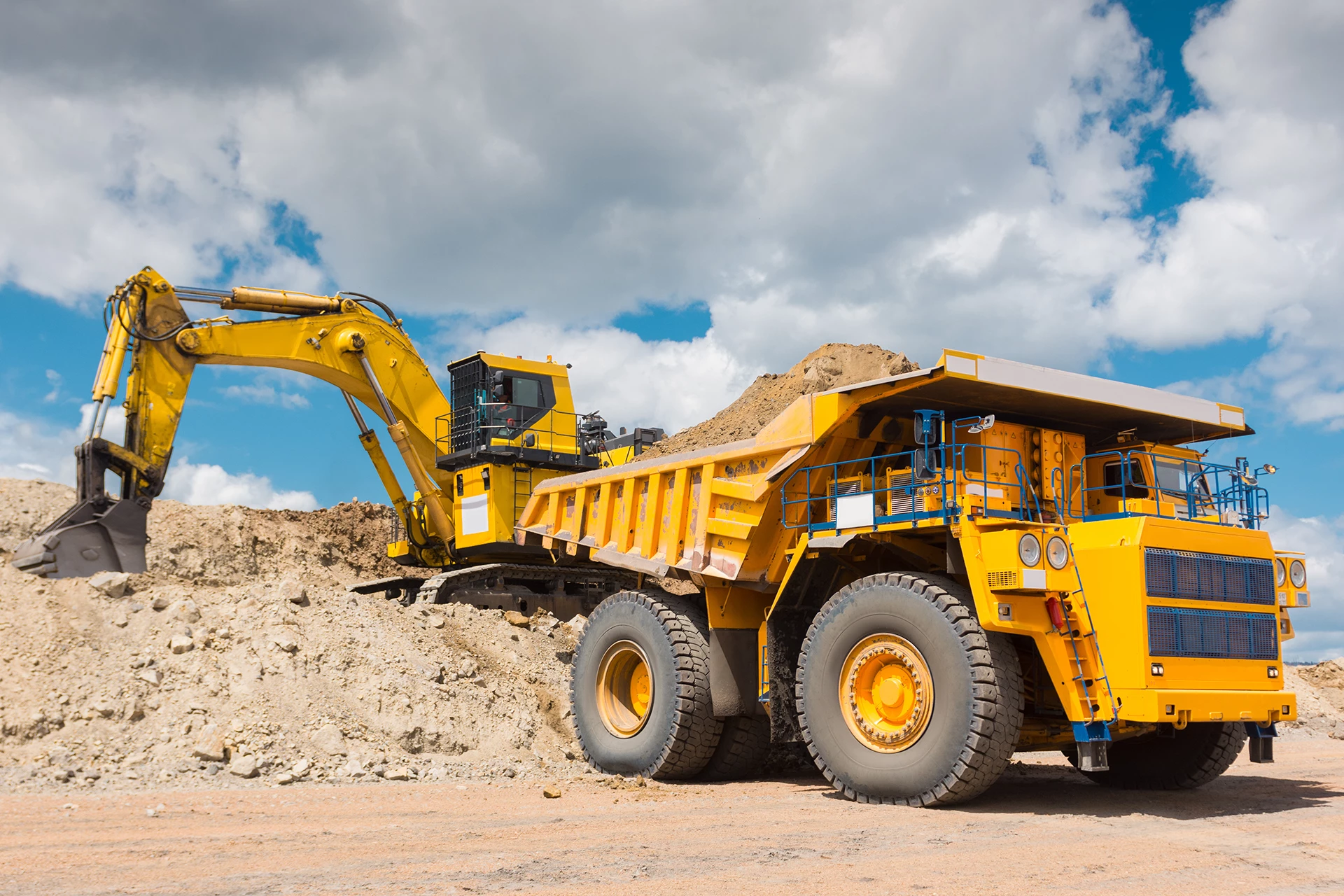Top Equipment Rental Company for All Your Demands
Top Equipment Rental Company for All Your Demands
Blog Article
Leasing Vs. Buying Building And Construction Devices: Making the Right Selection for Your Task
When beginning on a building project, one of the essential choices that project stakeholders and supervisors deal with is whether to buy or rent construction equipment. The choice hinges on various elements such as cost considerations, project duration, equipment upkeep, danger, scalability, and flexibility administration.
Expense Factors To Consider
When examining the economic element of acquiring versus leasing building tools, the long-lasting costs and upfront expenses have to be carefully considered. Renting out devices frequently needs reduced preliminary repayments compared to buying, making it an eye-catching choice for short-term jobs or contractors with budget plan restraints. Renting out removes the demand for huge funding outlays and minimizes the monetary threat connected with equipment possession, such as upkeep and devaluation expenses. However, in the long run, continuously renting out devices can build up greater costs than acquiring, particularly for extensive projects.
On the various other hand, getting construction devices entails higher in advance prices however can lead to long-term financial savings, specifically for constant customers or long-lasting tasks. Possessing devices gives flexibility, benefit, and the potential for resale value once the job is finished. Furthermore, possessing tools permits for personalization and experience with particular equipment, possibly boosting effectiveness and performance on-site. Ultimately, the choice between getting and renting building tools hinges on the job's period, frequency of use, spending plan considerations, and lasting monetary objectives.
Project Period

On the other hand, for long-lasting projects or continuous building and construction job, buying equipment might be the extra affordable choice. Buying devices can lead to set you back savings in the future, particularly if the tools will be regularly used. Moreover, owning equipment gives a feeling of control over its availability and enables customization to fit certain task needs.

Equipment Maintenance
Given the critical function project period plays in determining one of the most economical approach in between renting and purchasing building and construction equipment, the focus now moves in the direction of taking a look at the necessary element of devices maintenance. Proper maintenance is critical for making certain the optimal performance and long life of building equipment. Leasing devices frequently includes the advantage of having well-maintained machinery provided by the rental business. This can alleviate the burden of maintenance jobs from the job owner or contractor, conserving time and effort. On the other hand, having tools needs a proactive strategy to maintenance to stop break downs, guarantee security, and prolong the devices's life-span. Normal inspections, maintenance, and prompt repair work are needed to keep owned and operated tools in leading functioning condition. Element in upkeep costs when making a decision between buying and renting out, as neglecting upkeep can result in costly fixings, downtime, and job hold-ups. Eventually, a well-maintained building and construction tools fleet, whether rented or possessed, is important for the successful and effective completion of building tasks.
Flexibility and Scalability
In the world of construction devices administration, the aspect of flexibility and scalability holds substantial relevance for task effectiveness and resource use. Choosing to lease building devices provides a high degree of versatility as it enables the fast adjustment of tools types and quantities based upon the developing demands of a job. Renting makes it possible for professionals to access a wide variety of specific tools that might be needed for particular jobs without the long-lasting dedication of possession. This adaptability is particularly useful for jobs with varying needs or unclear durations (boom lift rental).
Leasing construction devices offers the advantage of quickly scaling procedures up or down as job needs fluctuate. Contractors can anchor rapidly include or exchange tools to match the task's altering demands without the restraints of owning possessions that might come to be underutilized or outdated.
Danger Management
Efficient danger administration in building devices operations is paramount to ensuring job success and mitigating prospective monetary losses. Building and construction jobs inherently include various risks, such as equipment failures, mishaps, and task delays, which can considerably affect the job timeline and budget plan. By very carefully considering the threats related to owning or renting building and construction devices, job supervisors can make enlightened decisions to decrease these prospective dangers.
Renting out construction devices can use a degree of danger reduction by transferring the duty of maintenance and fixings to the rental firm. This can lower the monetary problem on the project proprietor in case of unexpected equipment failures (scissor lift rental). Furthermore, renting gives the versatility to gain access to customized tools for details project phases, decreasing the danger of owning underutilized equipment
On the various other hand, owning construction equipment offers a sense of control over its use and upkeep. Nevertheless, this likewise implies bearing the complete obligation for repairs, upkeep prices, and devaluation, boosting the monetary threats connected with devices ownership. Careful danger evaluation and consideration of elements wikipedia reference such as job duration, devices application, and maintenance demands are crucial in determining one of the most appropriate option for efficient threat administration in building projects.
Verdict
Finally, when choosing in between renting and getting building equipment, it is necessary to take into consideration expense, job duration, equipment upkeep, adaptability, scalability, and risk management. Each aspect plays a critical duty in determining one of the most suitable option for the project at hand. By meticulously examining these elements, task managers can make an informed decision that straightens with their spending plan, timeline, and total task goals.

Report this page